Quick Answer: 28 degrees Celsius is equal to 82.4 degrees Fahrenheit.
Temperature conversion between Celsius and Fahrenheit can be confusing at first glance. However, knowing how to switch between these two systems is incredibly handy, whether you’re checking the weather forecast, cooking, planning an international travel or tackling some math problems.
Conversion Formulas Explained
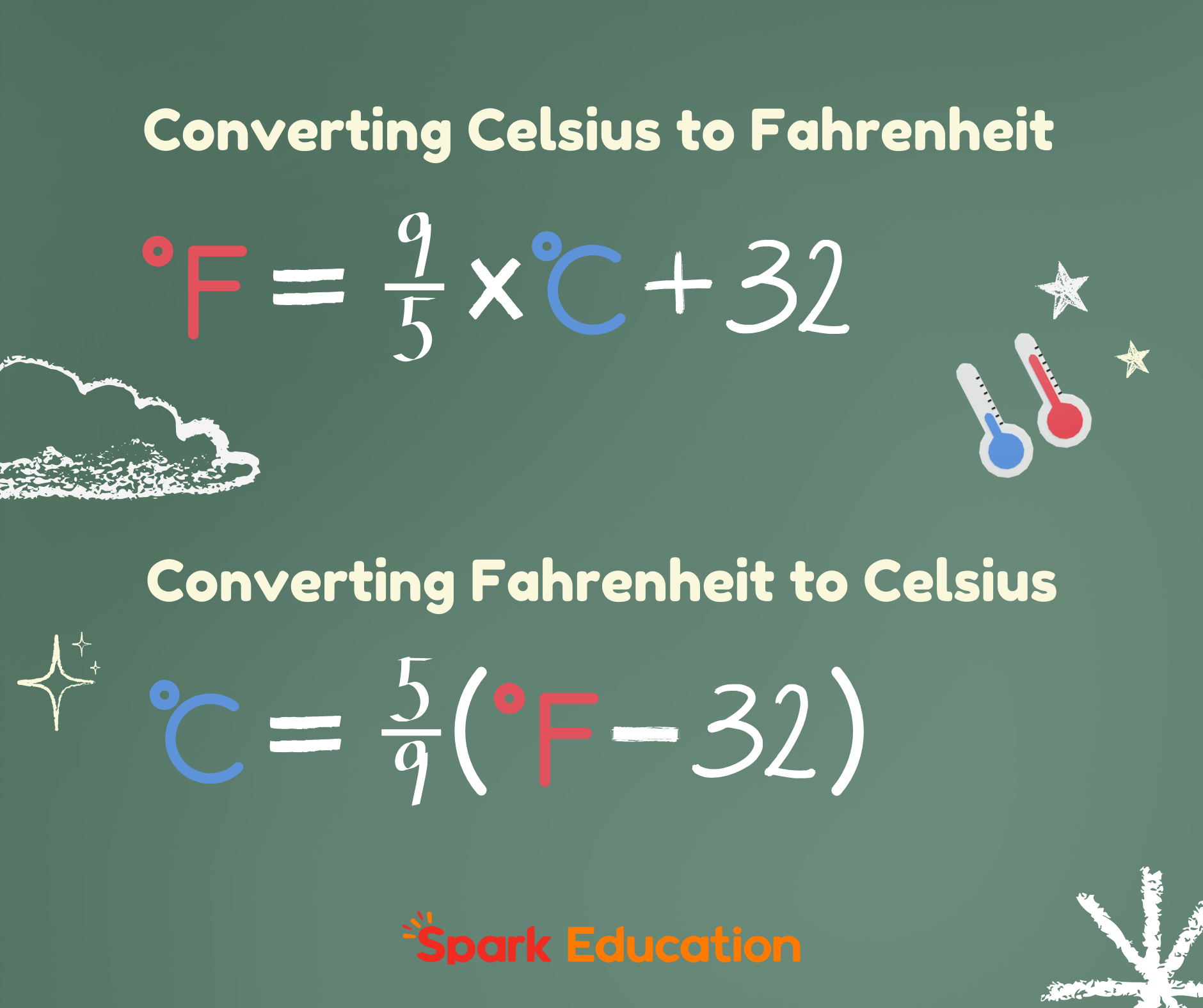
Converting Celsius to Fahrenheit
The formula to convert a temperature from Celsius (°C) to Fahrenheit (°F) is:
°F=(°C×9/5)+32
Using this formula, let’s convert 28°C to Fahrenheit:
°F=(28×9/5)+32=50.4+32=82.4°F
Converting Fahrenheit to Celsius
Conversely, if you have a temperature in Fahrenheit and need to convert it to Celsius, you can use the following formula:
°C=(°F−32)×5/9
To illustrate, let‘s convert 82.4°F (which we know is equal to 28°C) back to Celsius:
°C=(82.4−32)×5/9=50.4×5/9=28°C
These formulas are fundamental in many aspects of science, technology, engineering, and mathematics (STEM), as well as in everyday activities like cooking and travel. Understanding them allows for quick conversions and helps students and adults alike to navigate between these two commonly used temperature scales.
Celsius vs. Fahrenheit: Who Uses Which
The choice between using Celsius and Fahrenheit for temperature measurement is more than just a preference. It reflects historical, cultural, and scientific influences. Understanding which countries use which system can help provide context for global interactions, whether in travel, media, or international collaborations.
Countries Using Celsius
The Celsius scale, which is part of the metric system, is used by the vast majority of countries around the world. This system is considered more straightforward because it is based on the decimal system, making calculations simpler, especially in scientific contexts. Countries that use Celsius include all members of the European Union, Canada (although Fahrenheit is also used for certain applications, like cooking and weather forecasts), Australia, New Zealand, and most countries in Africa, Asia, and South America.
Countries Using Fahrenheit
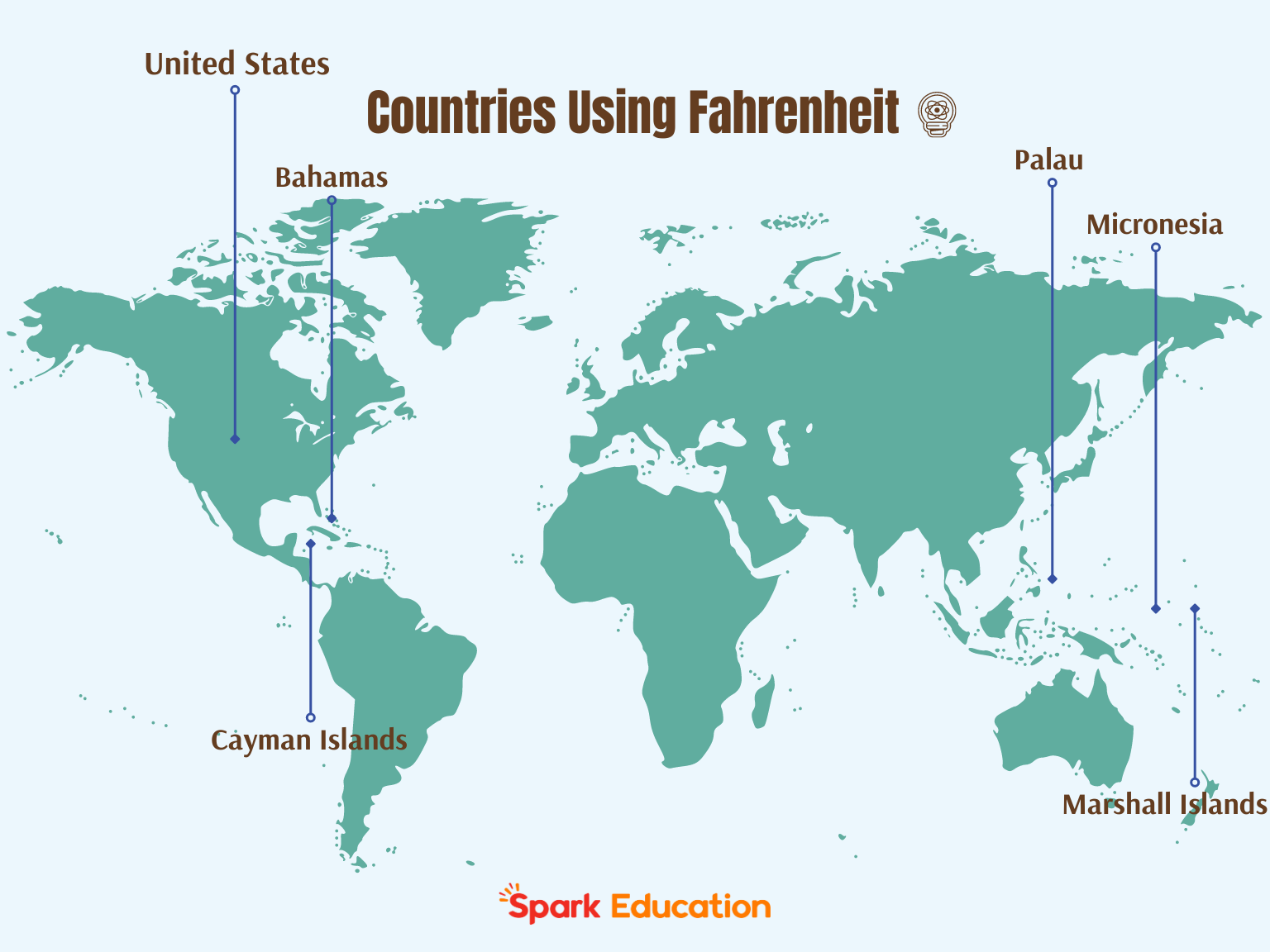
The Fahrenheit scale is used primarily in the United States and its territories. Other countries that exclusively use Fahrenheit temperatures are all island countries, including the Bahamas, the Cayman Islands, Palau, the Federated States of Micronesia, and the Marshall Islands. It is also used informally in the United Kingdom and a few other countries, mainly for measuring air temperature and in the broadcasting of weather forecasts. The continued use of Fahrenheit in the U.S. can be attributed to tradition and the cost associated with converting to the metric system.
Why the Difference?
- Historical Reasons: The Fahrenheit scale was developed in the early 18th century by Daniel Gabriel Fahrenheit and became widely adopted throughout the English-speaking world. Over time, as the metric system gained international traction, many countries shifted to Celsius for its scientific accuracy and ease of use.
- Scientific and Practical Considerations: Celsius is often preferred in scientific fields because it aligns closely with the Kelvin scale, which is used for thermodynamic temperature measurement. Celsius is also easier to use in calculations because it is a decimal-based system.
Temperature Conversion Chart
A temperature conversion chart is a handy tool for quickly referencing common temperatures and their equivalents in both Celsius and Fahrenheit. Moreover, understanding the comfort levels associated with these temperatures can help in planning activities, dressing appropriately, and even controlling home heating and cooling systems more efficiently. Below is a conversion chart that not only lists temperatures in Celsius and Fahrenheit but also categorizes them by comfort level:
| Celsius (°C) | Fahrenheit (°F) | Comfort Level |
| -20 | -4 | Extremely cold |
| -19 | -2.2 | 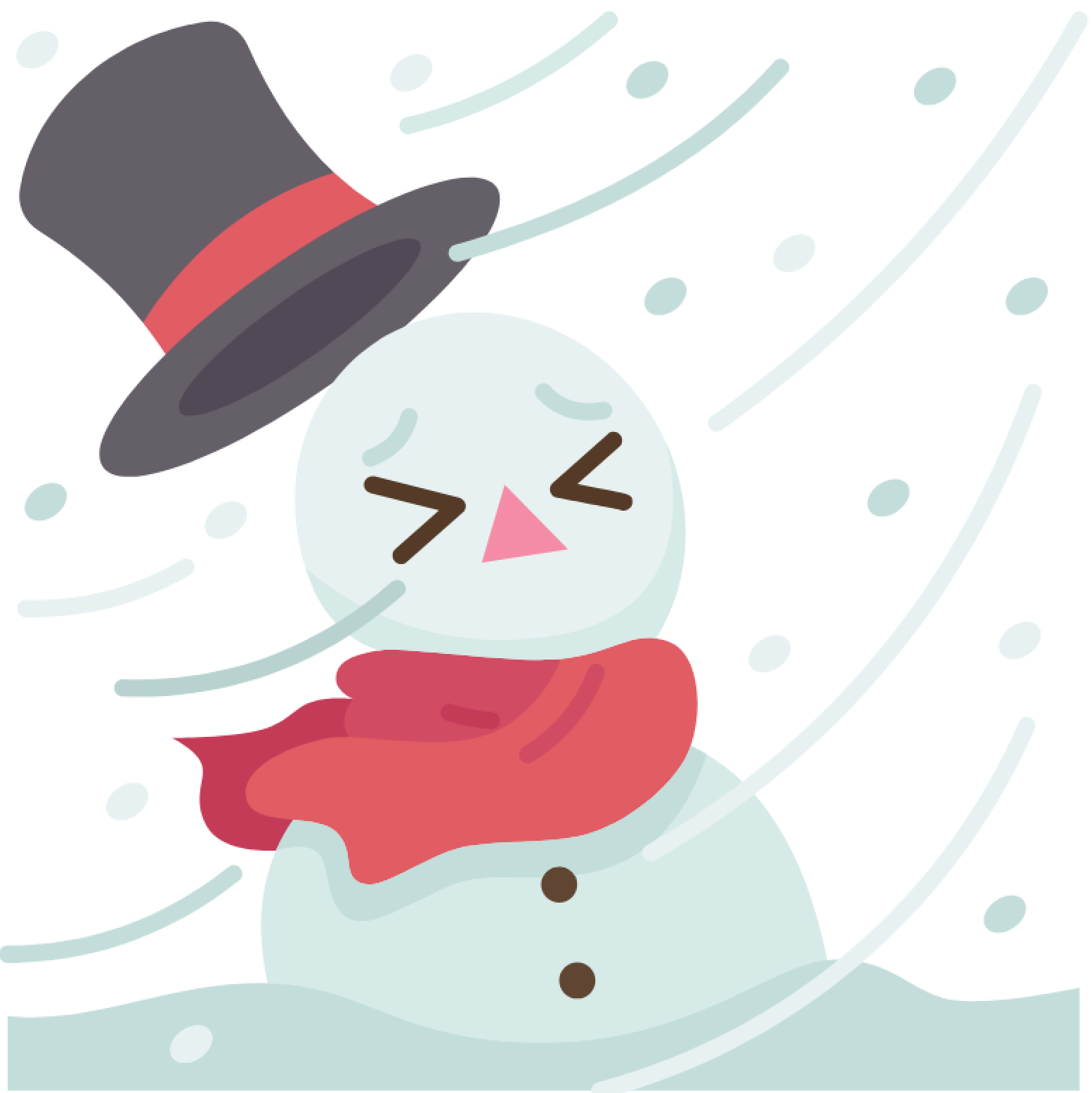 |
| -18 | -0.4 | |
| -17 | 1.4 | |
| -16 | 3.2 | |
| -15 | 5 | |
| -14 | 6.8 | |
| -13 | 8.6 | |
| -12 | 10.4 | |
| -11 | 12.2 | |
| -10 | 14 | Very cold |
| -9 | 15.8 | 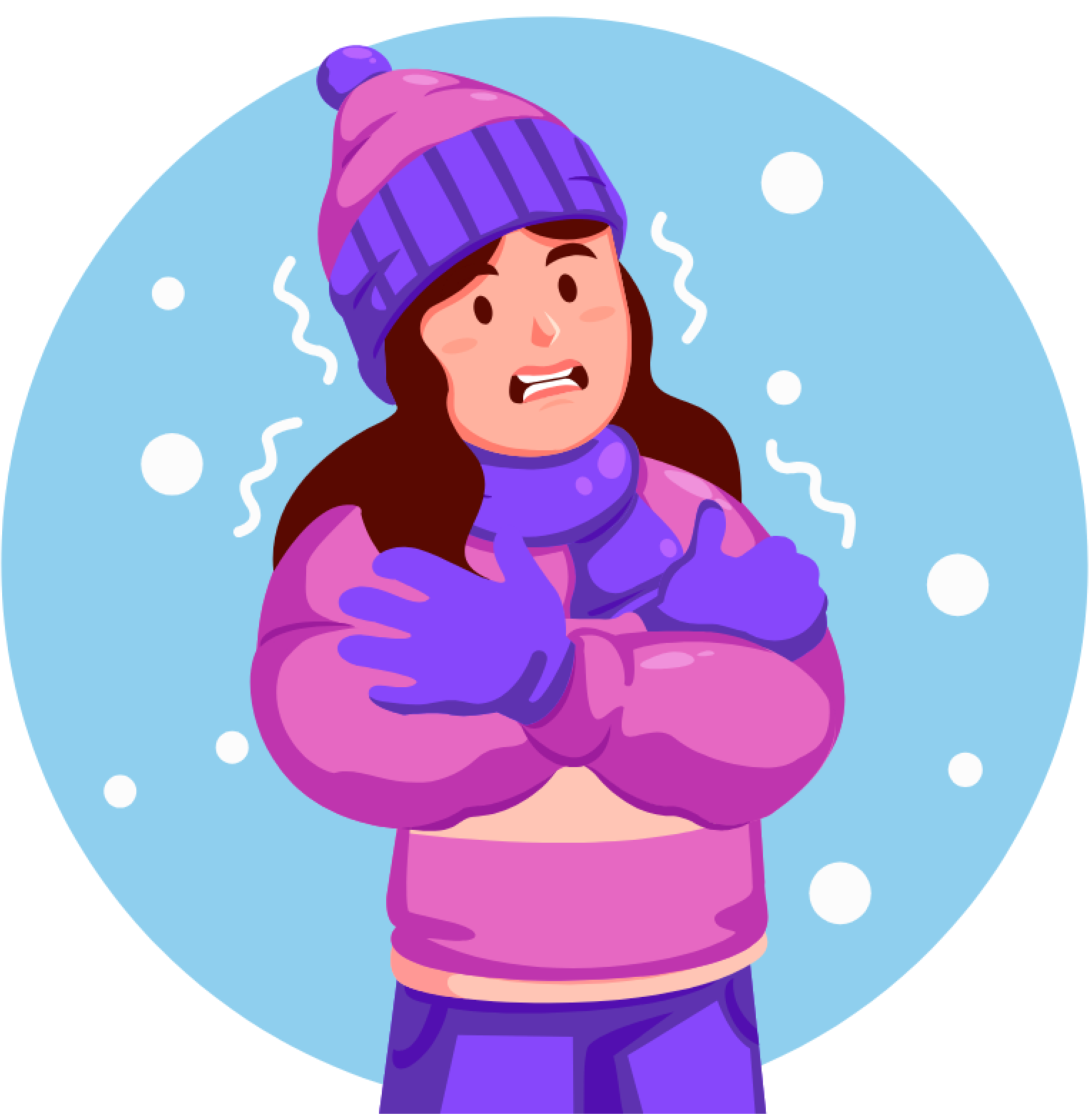 |
| -8 | 17.6 | |
| -7 | 19.4 | |
| -6 | 21.2 | |
| -5 | 23 | |
| -4 | 24.8 | |
| -3 | 26.6 | |
| -2 | 28.4 | |
| -1 | 30.2 | |
| 0 | 32 | Cold |
| 1 | 33.8 |  |
| 2 | 35.6 | |
| 3 | 37.4 | |
| 4 | 39.2 | |
| 5 | 41 | |
| 6 | 42.8 | |
| 7 | 44.6 | |
| 8 | 46.4 | |
| 9 | 48.2 | |
| 10 | 50 | Cool |
| 11 | 51.8 | 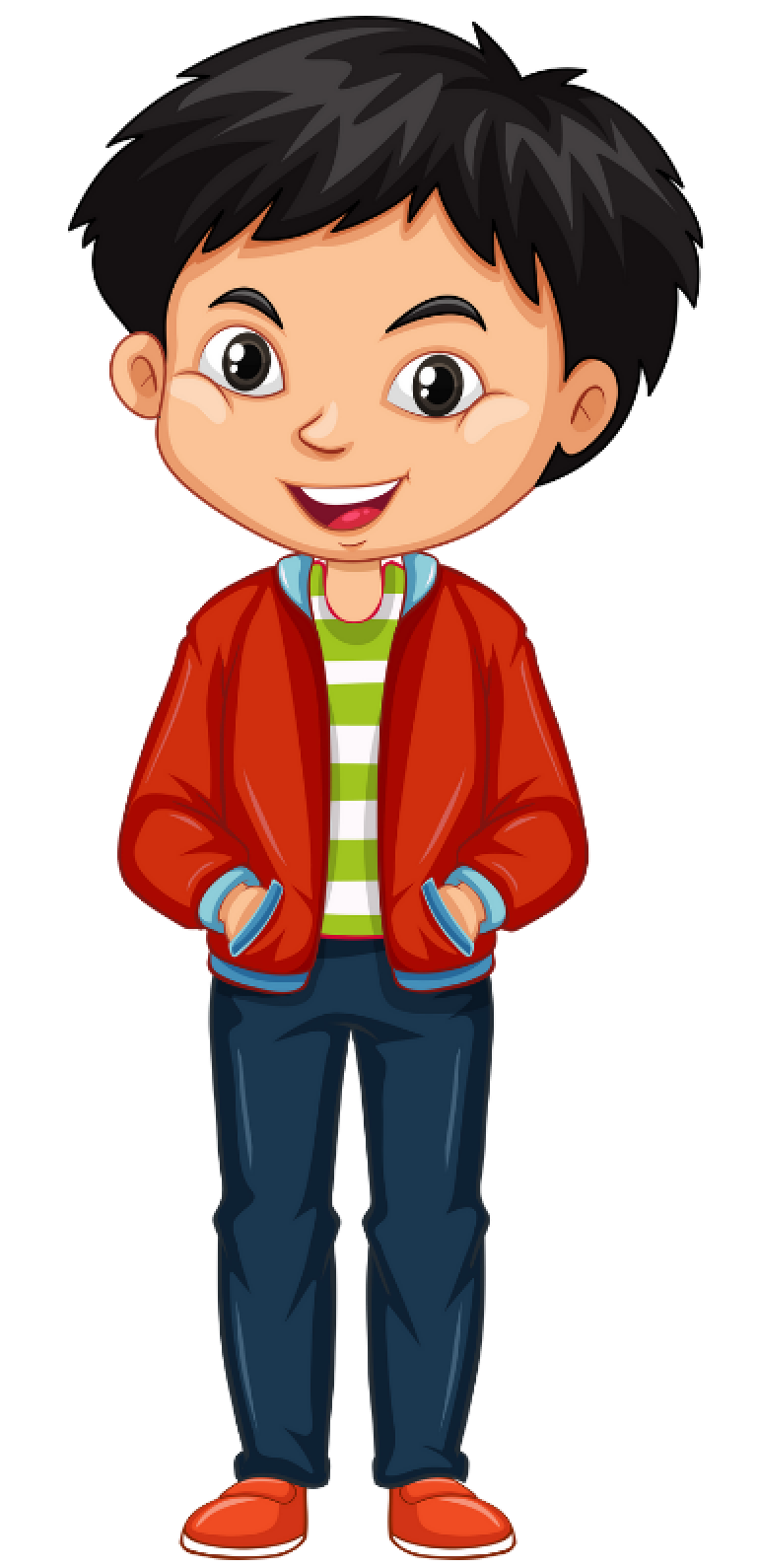 |
| 12 | 53.6 | |
| 13 | 55.4 | |
| 14 | 57.2 | |
| 15 | 59 | Mild |
| 16 | 60.8 | 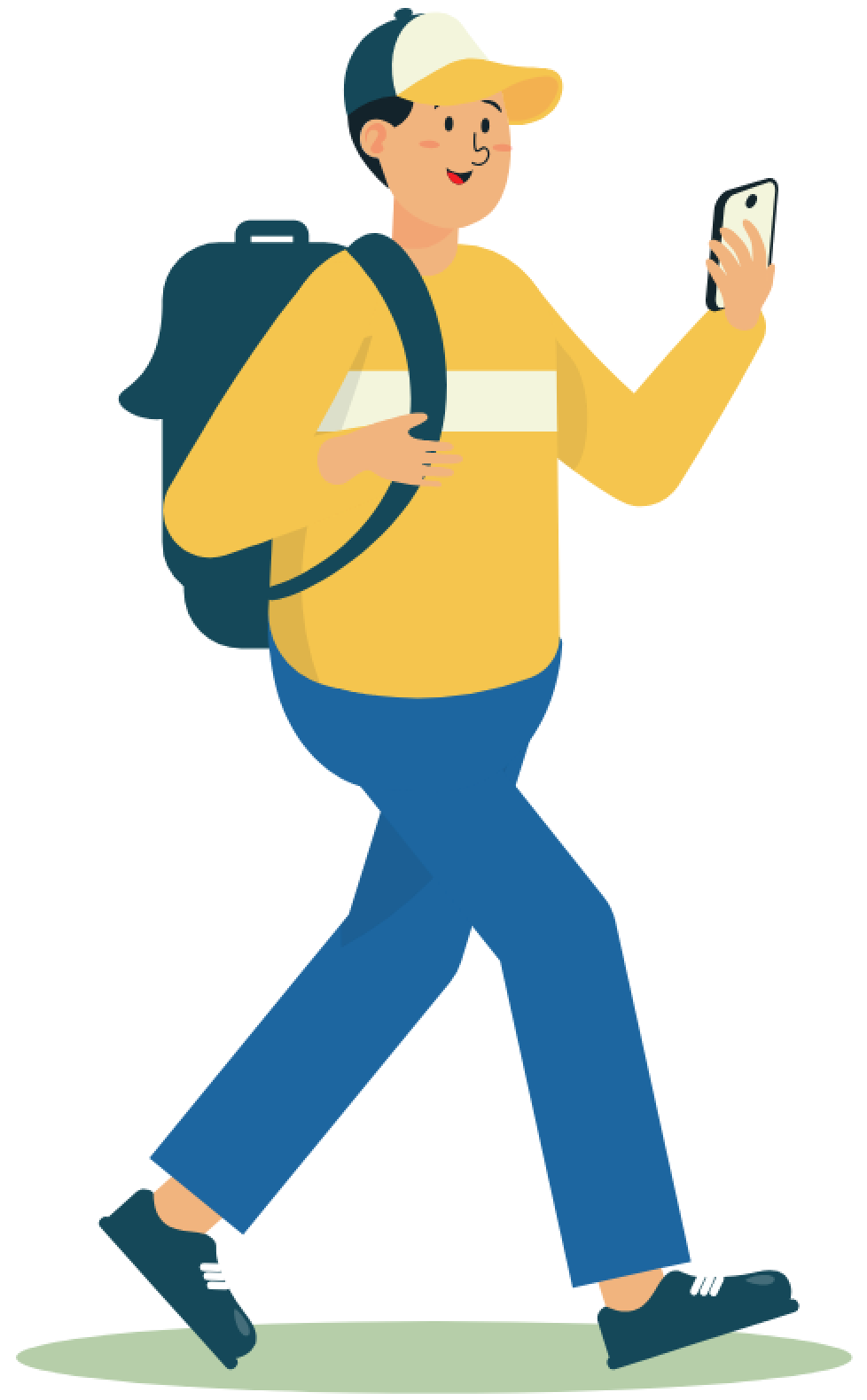 |
| 17 | 62.6 | |
| 18 | 64.4 | |
| 19 | 66.2 | |
| 20 | 68 | Comfortable |
| 21 | 69.8 | 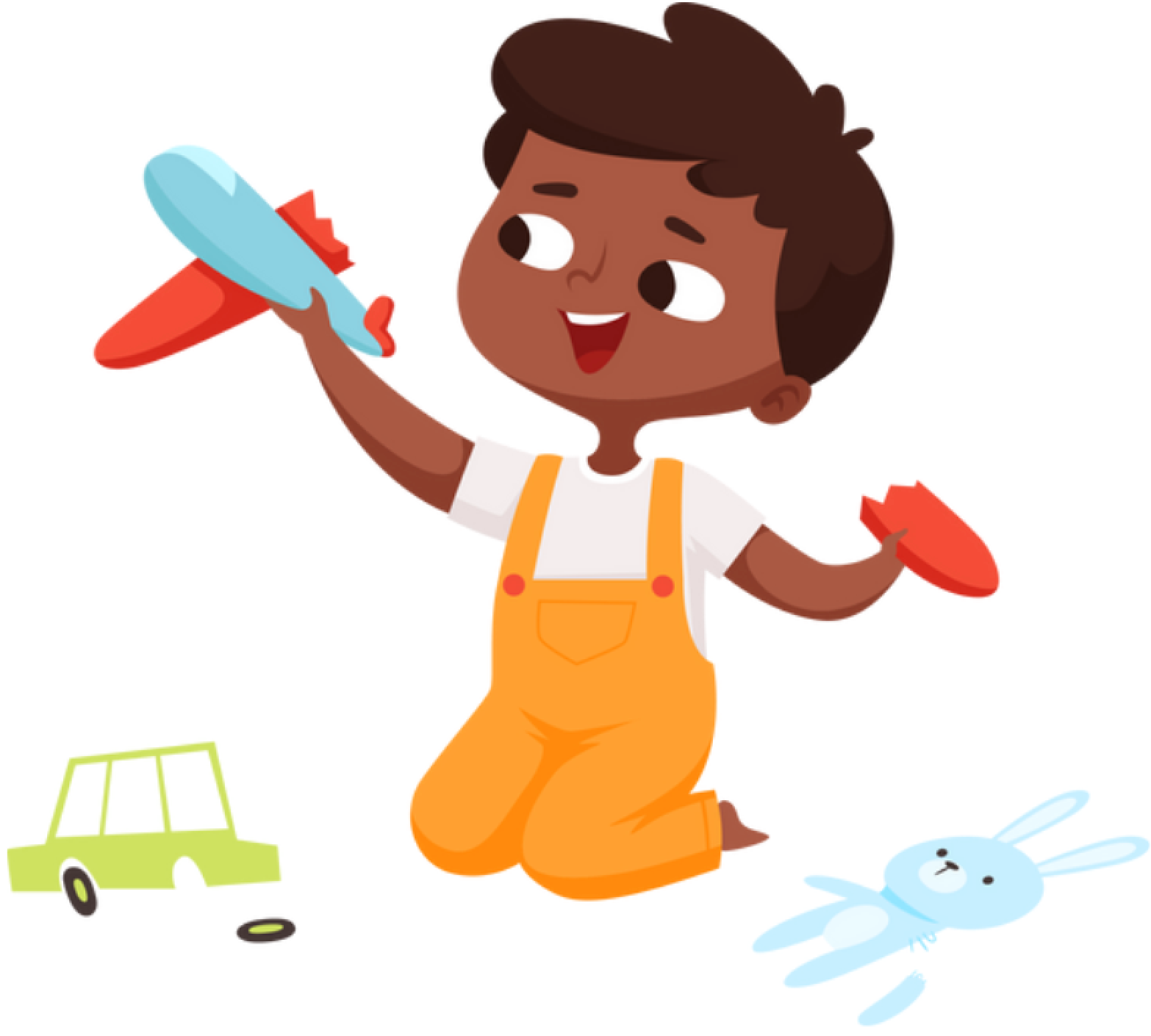 |
| 22 | 71.6 | |
| 23 | 73.4 | |
| 24 | 75.2 | |
| 25 | 77 | Warm |
| 26 | 78.8 | 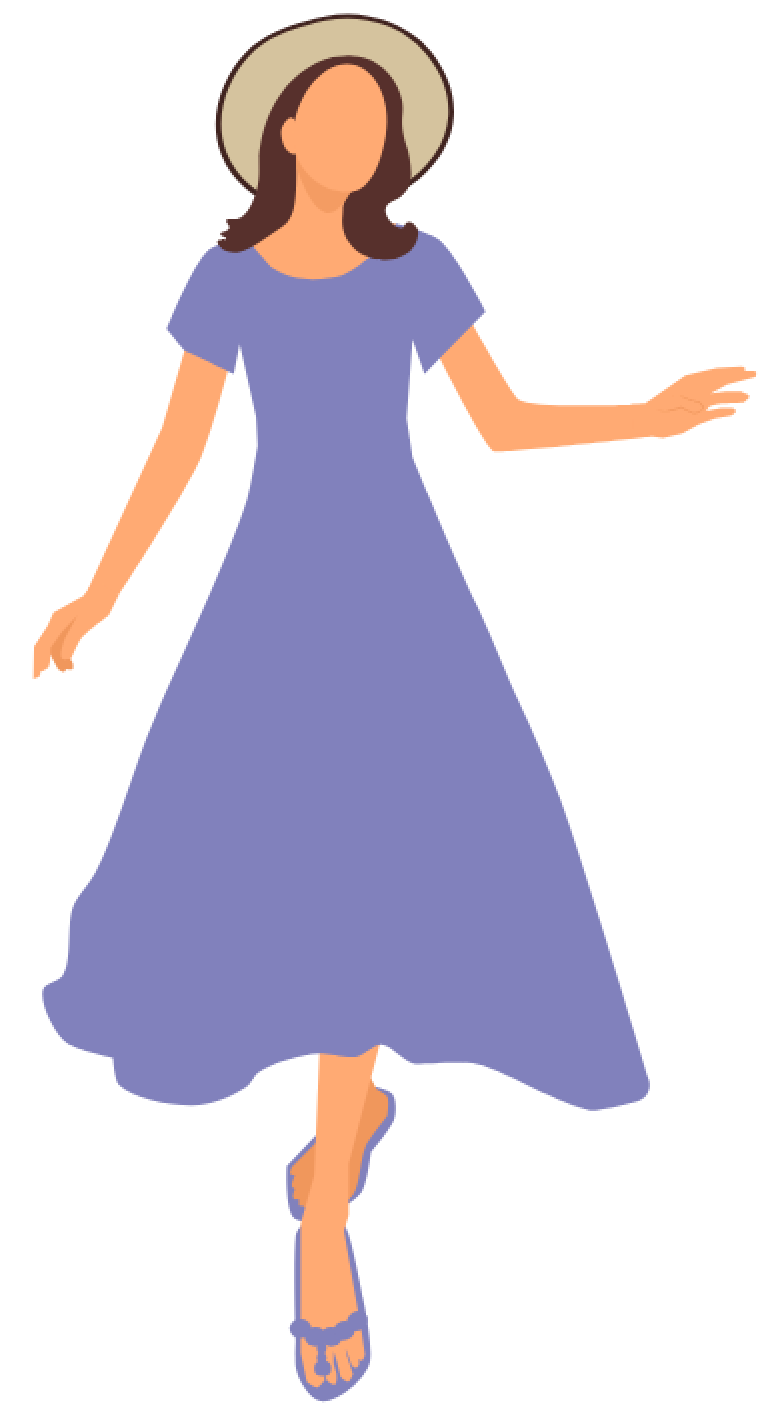 |
| 27 | 80.6 | |
| 28 | 82.4 | |
| 29 | 84.2 | |
| 30 | 86 | Hot |
| 31 | 87.8 | 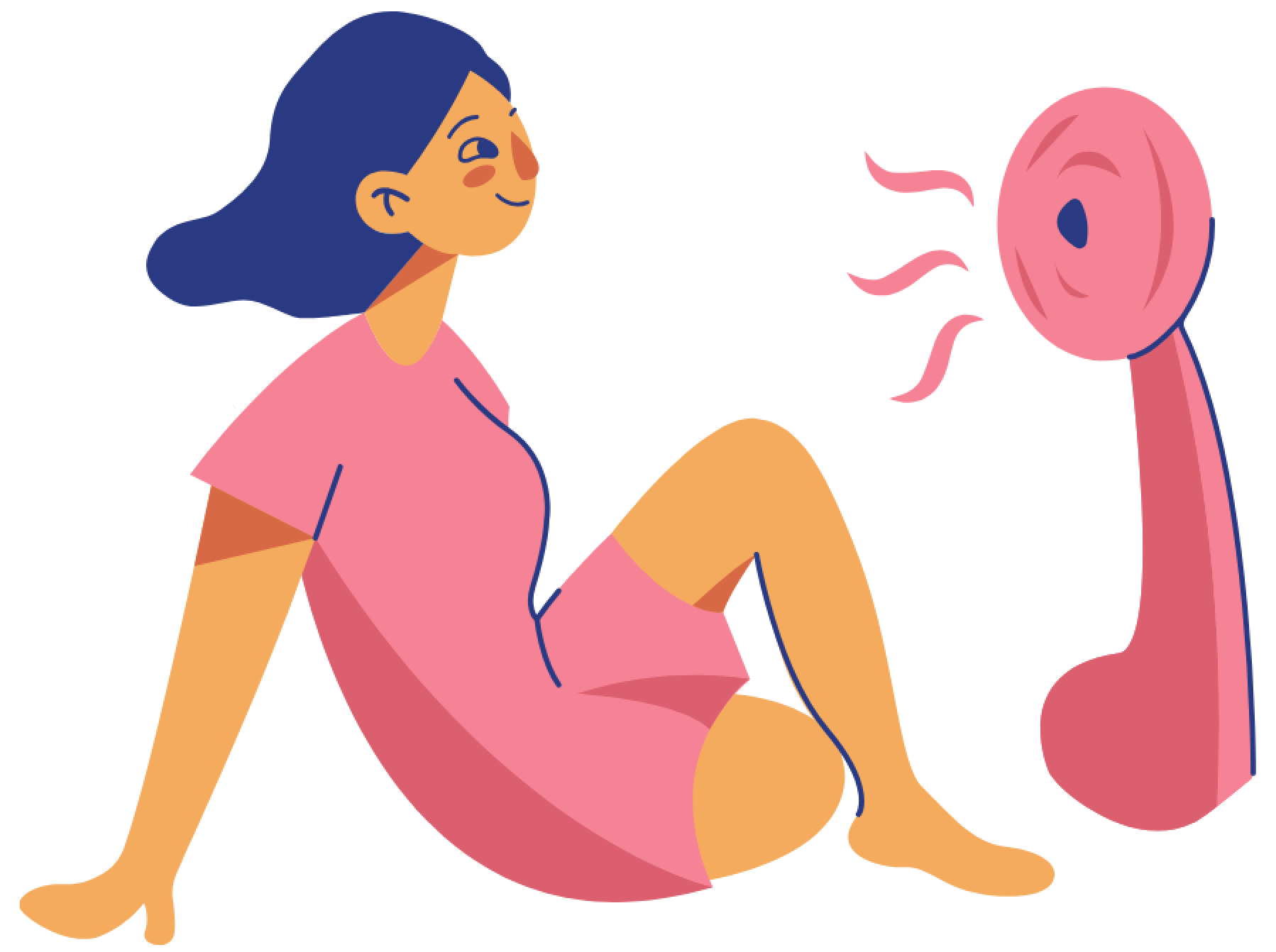 |
| 32 | 89.6 | |
| 33 | 91.4 | |
| 34 | 93.2 | |
| 35 | 95 | Very hot |
| 36 | 96.8 | 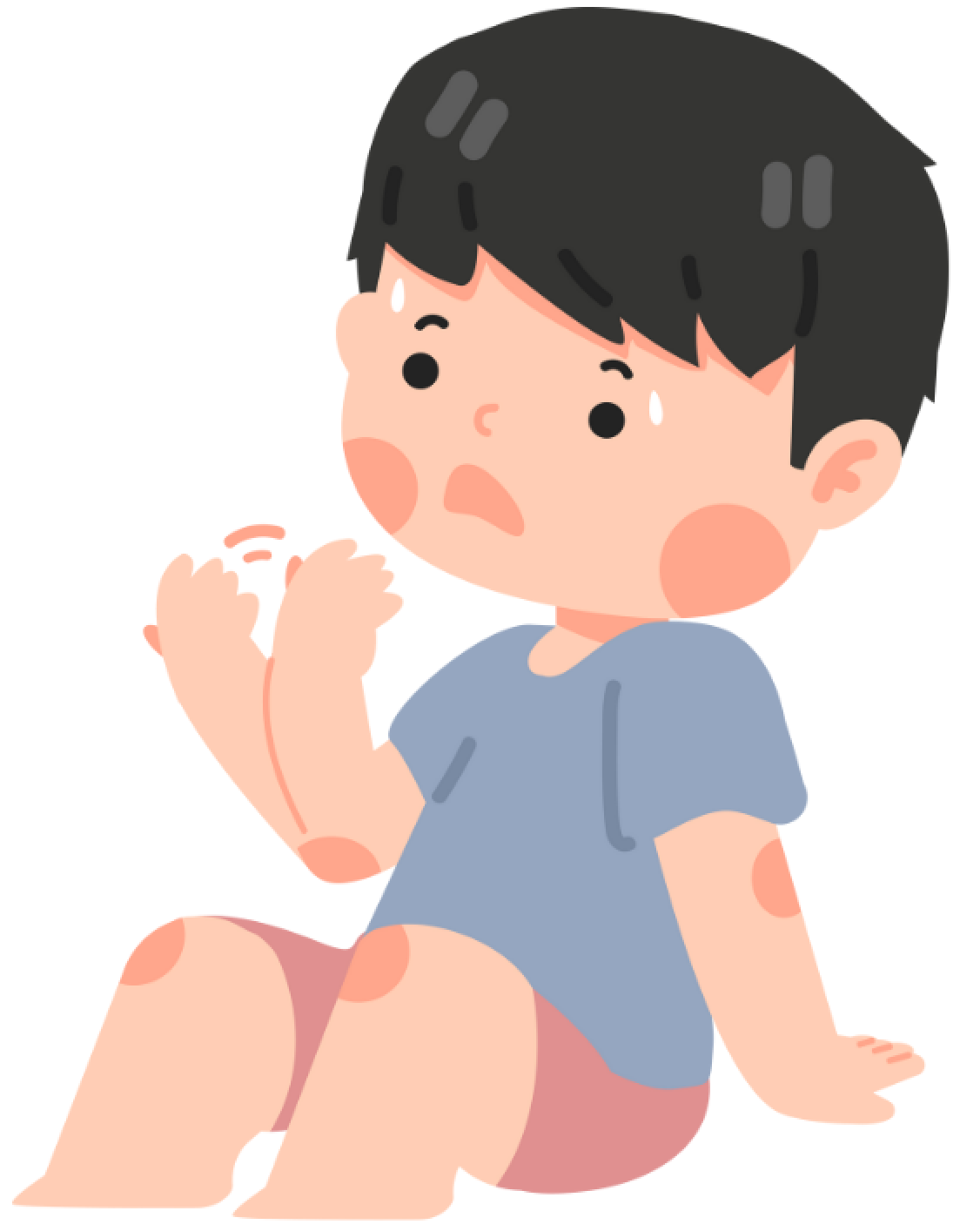 |
| 37 | 98.6 | |
| 38 | 100.4 | |
| 39 | 102.2 | |
| 40 | 104 | Scorching |
| 41 | 105.8 | 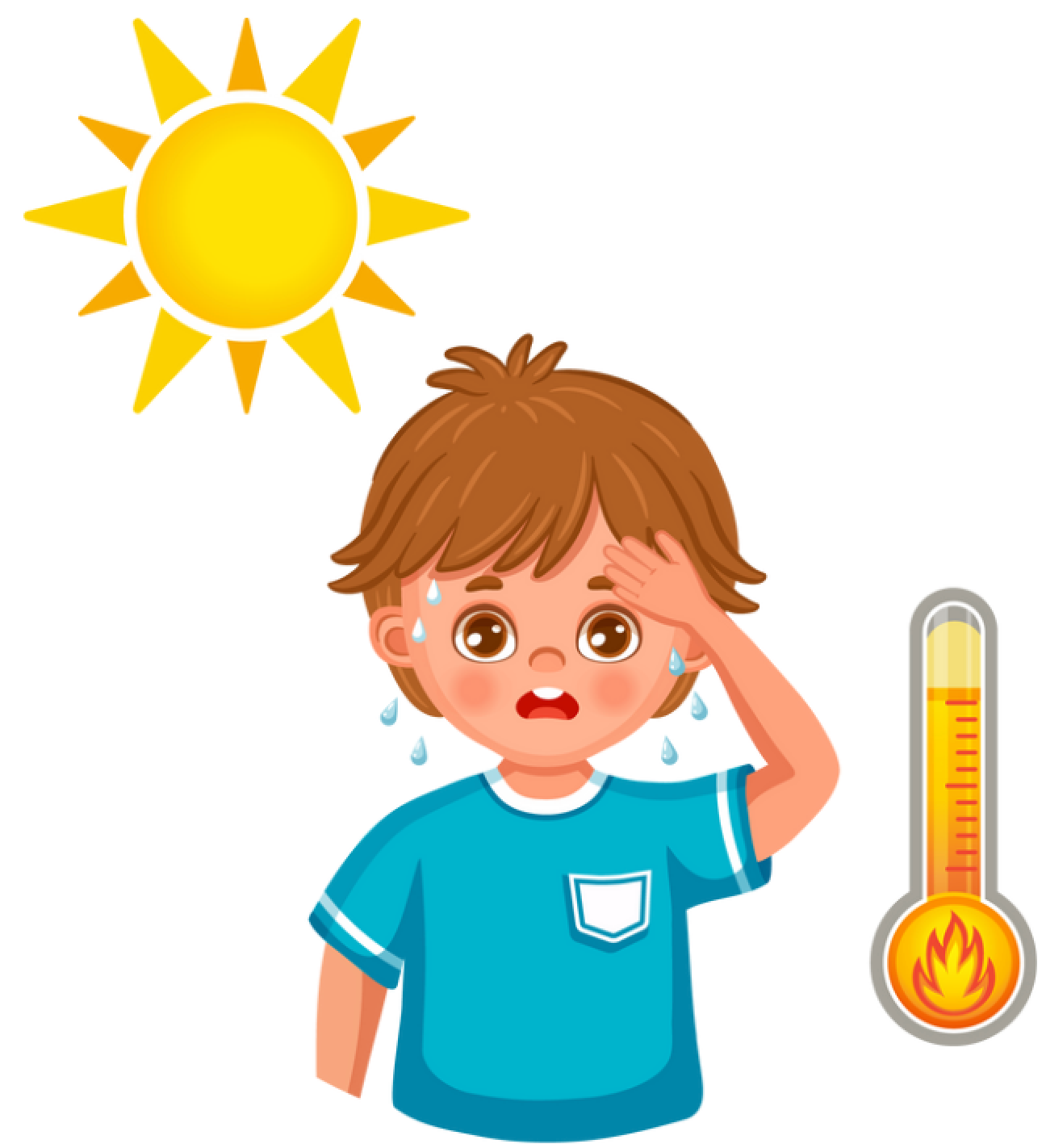 |
| 42 | 107.6 | |
| 43 | 109.4 | |
| 44 | 111.2 | |
| 45 | 113 | Dangerously hot |
Comfort Level Key
- Extremely cold (-20°C to -11°C): Dangerous conditions, risk of frostbite and hypothermia without proper gear.
- Very cold (-10°C to -1°C): Heavy winter gear needed, potential for snow.
- Cold (0°C to 9°C): Chilly; coats and layers recommended.
- Cool (10°C to 14°C): Light jackets or sweaters usually suffice.
- Mild (15°C to 19°C): Comfortable without outerwear, ideal for outdoor activities.
- Comfortable (20°C to 24°C): T-shirt weather, universally pleasant.
- Warm (25°C to 29°C): Shorts and sandals weather, turning towards heat.
- Hot (30°C to 34°C): Summer heat, air conditioning often desired.
- Very hot (35°C to 39°C): Strenuous activity discouraged, seek shade and hydration.
- Scorching (40°C to 44°C): Extreme heat warnings often in effect.
- Dangerously hot (45°C): High risk of heatstroke, avoid prolonged exposure.
Temperature Conversion Word Problems
Here are five engaging word problems designed for elementary students. These problems help them apply their knowledge of temperature conversion in real-world contexts, enhancing their understanding and math skills.
1. Pool Party Planning
Sofia is hosting a pool party when the weather is expected to be 30°C. She has friends in the U.S. What temperature should she tell them to expect in Fahrenheit so they dress appropriately?
2. Vacation Weather Forecast
Charlie sees a weather forecast for Florida at 90°F and wants to know what that is in Celsius because he’s learning about different weather climates at school. How cold or warm is it in Celsius?
3. Science Project
Tom is doing a science project on water temperatures. He records the boiling point of water as 100°C. He wants to include the Fahrenheit equivalent in his project. What temperature should he write?
4. Ice Cream Day
The temperature outside is 77°F, which is perfect for an ice cream day. Mia is creating a poster for her class in Celsius. What temperature should she write on her poster?
5. Winter Wonderland
In Norway, the temperature reached -15°C during a winter festival. Ellie, who lives in the U.S., wants to describe how cold it was to her classmates. What temperature in Fahrenheit should Ellie say it was?
6. Cooking Instructions
A recipe from a U.S. cookbook recommends baking a pie at 350°F. Emma, living in Canada, wants to adjust her oven settings, which are in Celsius. What temperature should she set?
7. Travel Diary
Lily is writing a travel diary about her summer trip to Egypt. She noted that the average temperature was 35°C. For her friends in the U.S., she wants to convert this temperature to Fahrenheit. What should she write?
8. Aquarium Visit
During a visit to an aquarium, Zoe reads that the water temperature for penguins is kept at 40°F for optimal health. She’s curious about what this temperature is in Celsius as she prepares a report on penguin habitats.
Answer Key
1. 86°F
2. 32.2°C
3. 212°F
4. 25°C
5. 5°F
6. 176.7°C
7. 95°F
8. 4.4°C
Spark Math by Spark Education
By incorporating everyday scenarios like the above into our lessons, our Spark Math program aims to help children apply math to solve real-world problems effectively. Our courses are packed with engaging animated videos and interactive, gamified exercises that not only make math fun but also enhance children’s thinking abilities and mathematical skills. Our teachers are carefully selected and thoroughly trained, ensuring personalized attention in our small class settings. If you’re interested in seeing how our approach can make a difference in your child’s math learning, sign up for our FREE trial class today!




